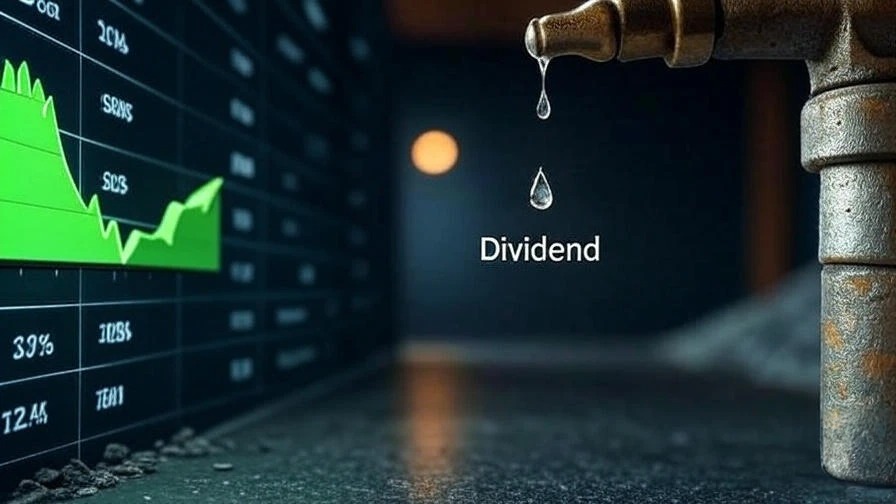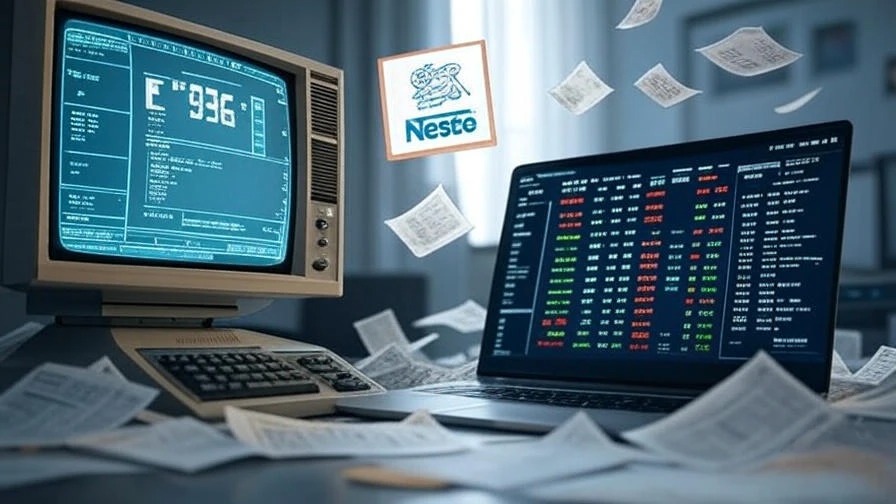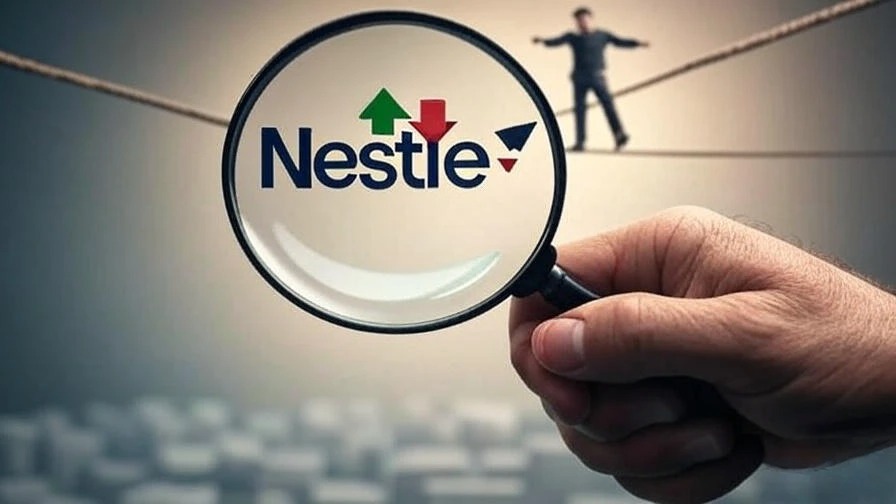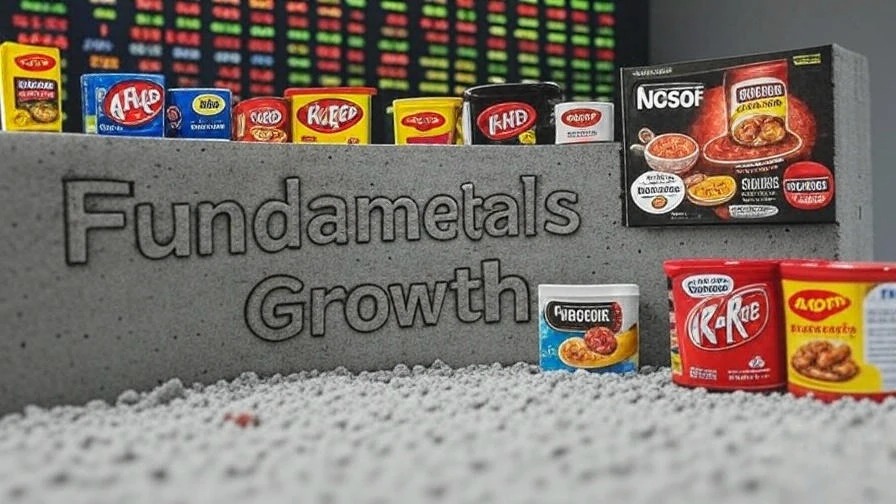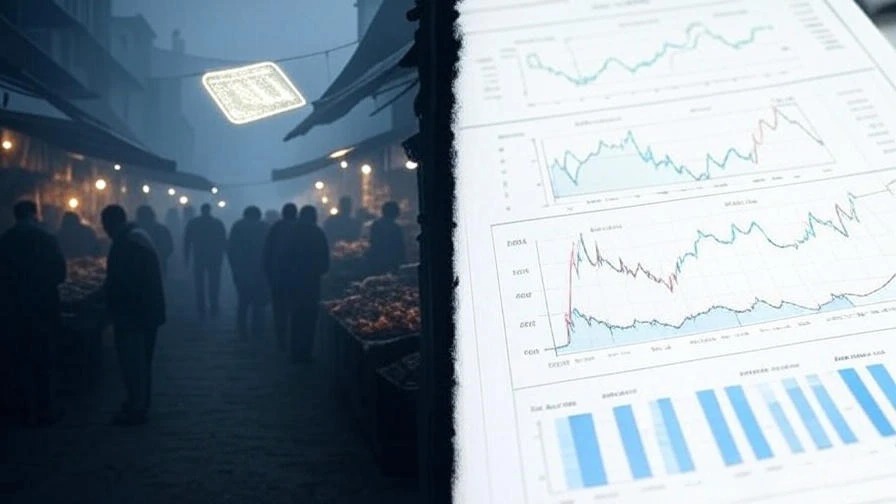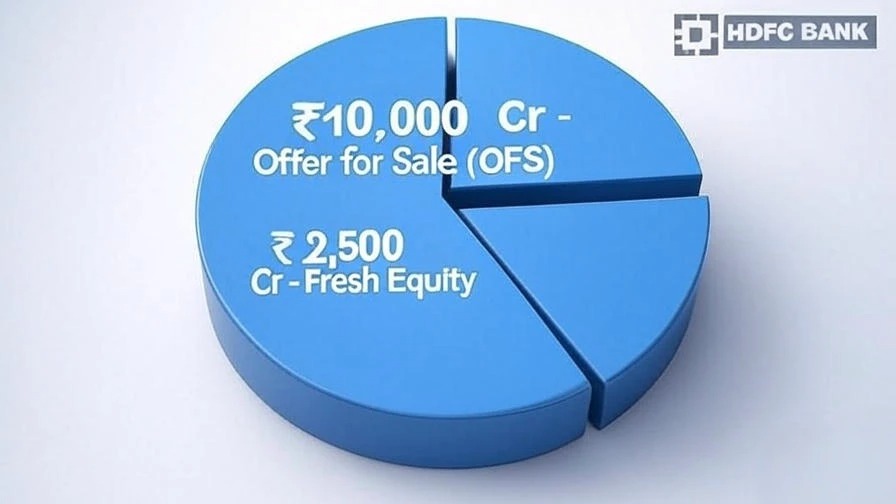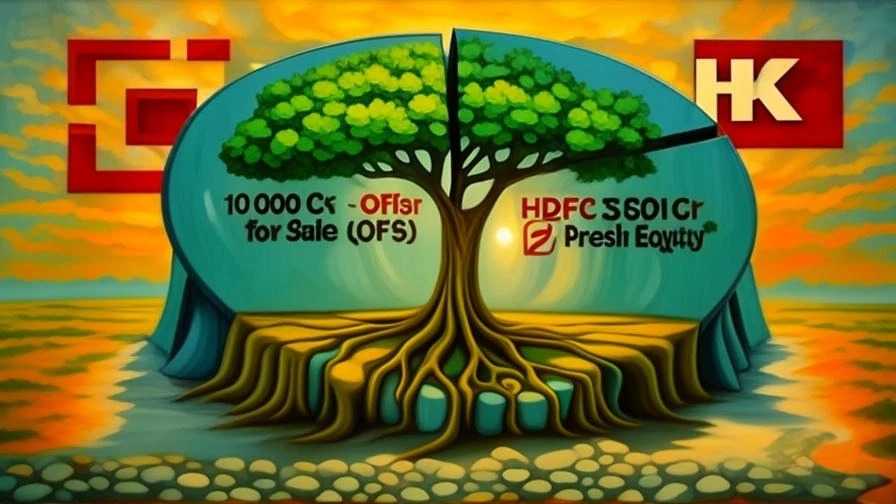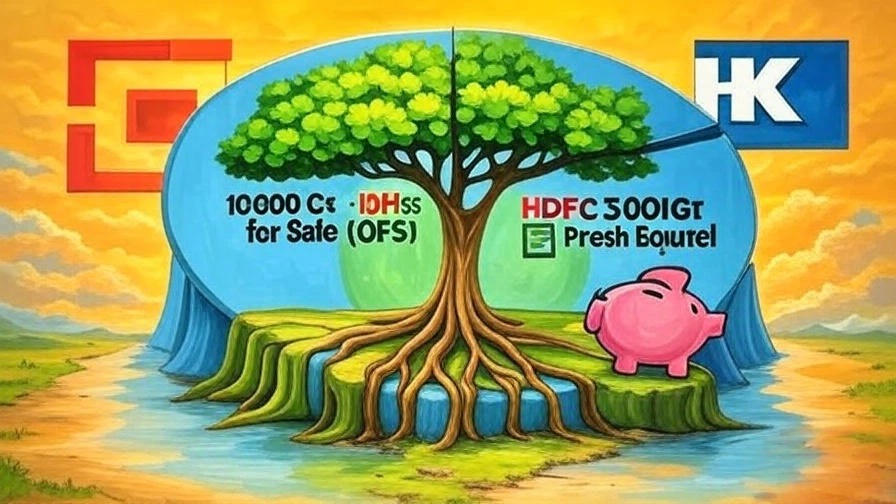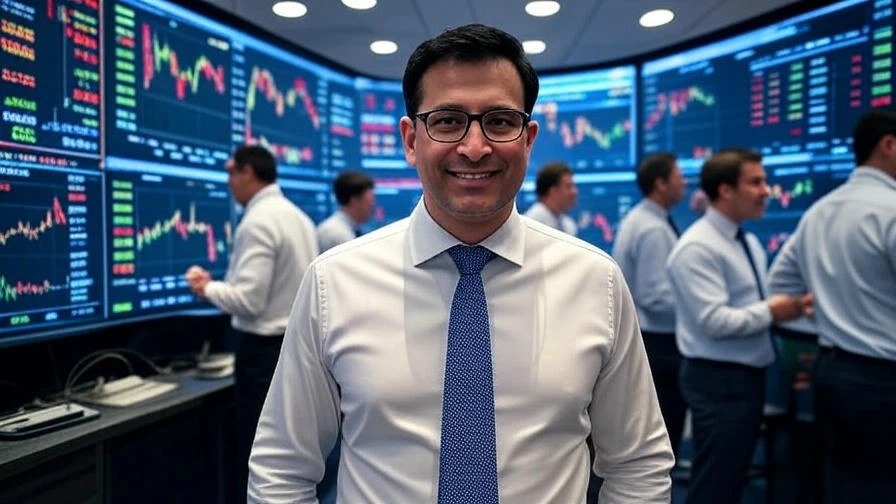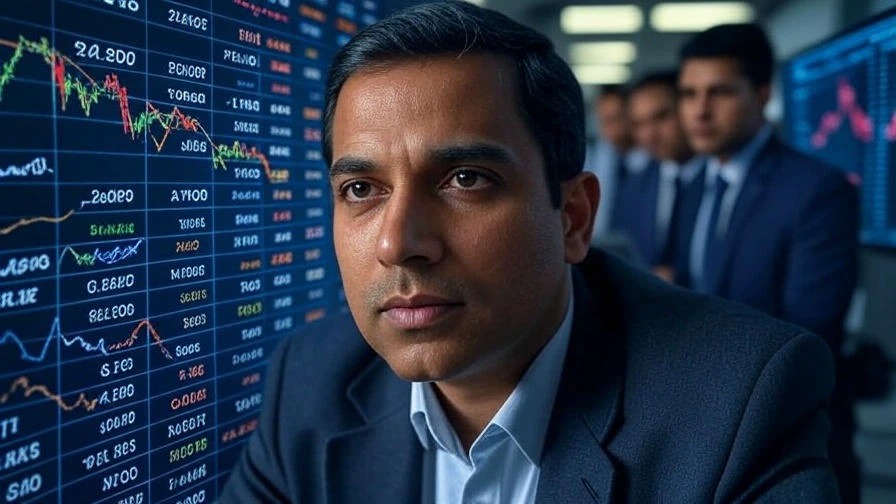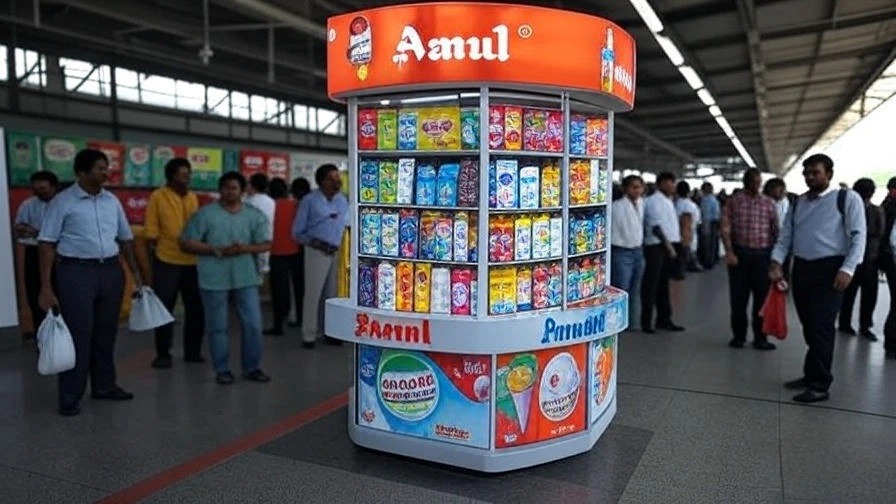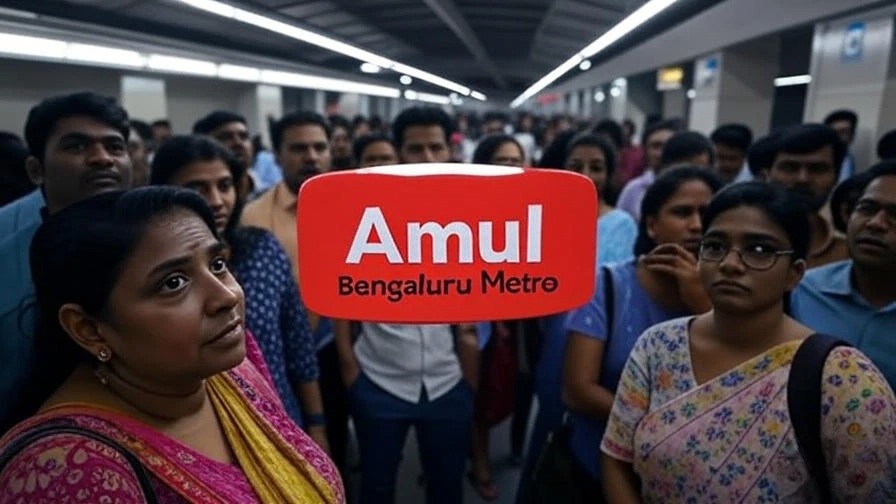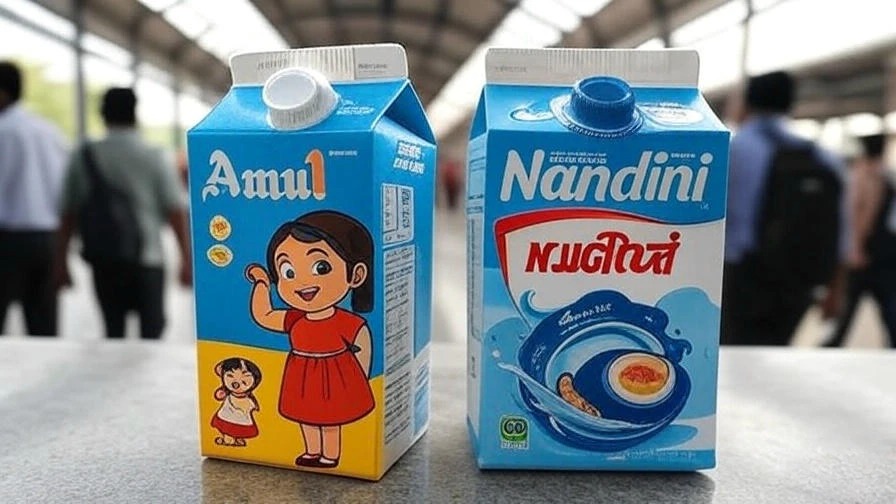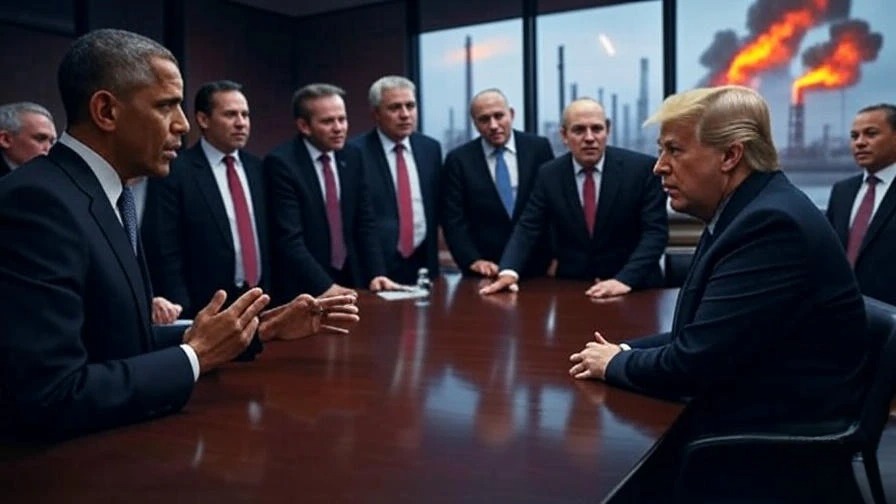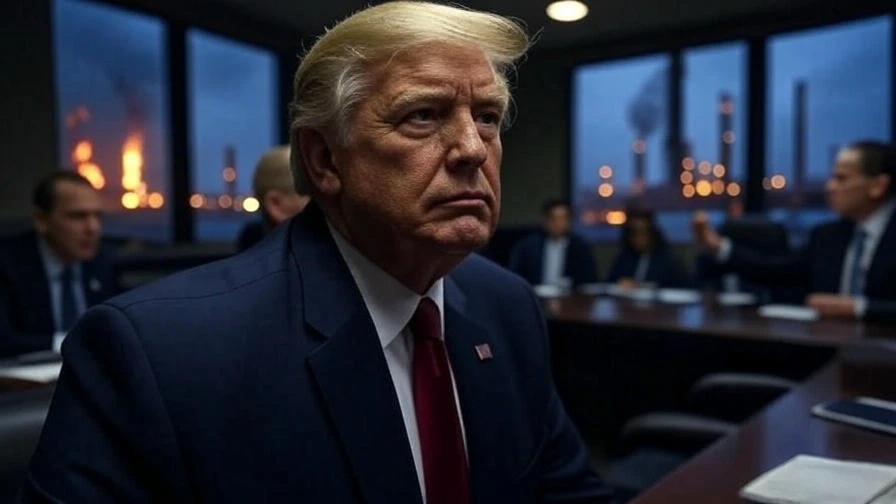The puzzle around Prime Securities dividend growth is a classic curveball for Indian stock market investors. Prime Securities Limited (NSE:PRIMESECU) is serving up a perfect example, creating quite the buzz with its ex-dividend date approaching on June 26th – but not for the reasons you might expect.
The Immediate Opportunity: Ex-Dividend Alert

If you’re eyeing that upcoming dividend, here’s what you need to know about this stock that’s confusing the market about its Prime Securities dividend growth prospects.
- Ex-dividend date: June 26th (The cutoff date for an investor to own a stock to be eligible for the upcoming dividend payment. If you buy the stock on or after this date, you will not receive the dividend.)
- Dividend amount: ₹1.50 per share (increased from last year)
- Payment date: August 2nd
- Current stock price: ₹259.34
To receive this dividend, you must own the stock before the ex-dividend date of June 26th. While the ₹1.50 payout is an incre from the previous year, the yield is a modest 0.6% – hardly the stuff that gets income investors excited.
The Growth Story That’s Hard to Ignore

Here’s where the story of Prime Securities gets interesting. The company has been on an absolute tear when it comes to earnings growth.
Stellar Financial Performance
The numbers speak for themselves:
- 31% annual earnings growth over the past five years
- 30.8% projected EPS growth for the next 12 months
- 13% payout ratio – incredibly conservative for any standard. (The payout ratio is the percentage of a company’s earnings that it pays out to shareholders as dividends. A low ratio indicates the company is retaining most of its profits. For a deeper dive, you can learn more about the Payout Ratio on Investopedia.)
This kind of earnings trajectory signals a company hitting its stride. When a business can consistently grow earnings at 31% annually, it suggests strong operations and market positioning.
The Reinvestment Story
With a payout ratio of just 13%, Prime Securities is clearly prioritizing reinvestment over immediate dividend distributions. This approach often creates significant long-term value as companies channel profits back into:
- Business expansion initiatives
- Technology upgrades and innovation
- Market share acquisition
- Strengthening the balance sheet
For growth-oriented investors, this strategy often pays dividends (pun intended) through capital appreciation down the line.
The Prime Securities Dividend Growth Puzzle

Now here’s where things get puzzling for anyone tracking Prime Securities dividend growth. Despite the impressive earnings, the dividend history tells a different story.
The Concerning Trend
- Dividend decline: An average 3.8% annual decrease over the past four years
- Historical payout: Dropped from ₹1.75 in 2021 to the current ₹1.50
- Inconsistent payments: An erratic dividend distribution pattern
This creates an unusual scenario – rapid earnings growth paired with declining dividend payouts. It’s like a successful restaurant making more money each year but serving smaller portions to its loyal customers.
What Could This Mean?
There are two potential explanations for this apparent contradiction:
- Scenario 1: Business Uncertainty
Management might be conserving cash due to underlying business challenges or market volatility concerns, despite the strong reported earnings. - Scenario 2: Strategic Reinvestment
The company could be intentionally prioritizing aggressive reinvestment over dividend consistency to fuel explosive long-term growth.
Given the low 13% payout ratio, the second scenario seems more probable, but it’s a critical point for dividend-focused investors to consider.
The Bright Side for Long-Term Investors

Despite the dividend inconsistency, there are several compelling reasons to be optimistic about the future of Prime Securities dividend growth.
Financial Strength Indicators
- Low payout ratio provides flexibility: At 13%, there is significant room for future dividend increases.
- Dividend coverage is solid: Both cash flow and earnings comfortably support the current payouts.
- Projected sustainability: The payout ratio could drop to a mere 8.8% next year if growth continues, making the dividend even more secure.
Growth Potential
Companies with this combination of rapid earnings growth and a conservative dividend policy can become tomorrow’s dividend aristocrats. (A dividend aristocrat is a company in the S&P 500 index that has not just paid a dividend but increased its dividend for at least 25 consecutive years. You can read more about them here). The current reinvestment strategy could lead to:
- Stronger competitive positioning and market share
- Higher future earnings capacity
- Eventually, much larger dividend payments
Red Flags Investors Should Consider

No investment is without risks, and Prime Securities has clear points of caution.
Dividend Reliability Concerns
- Questionable Management Priorities: The declining payment history despite massive earnings growth raises questions about whether management values returning capital to shareholders.
- Low Current Yield: At 0.6%, it fails to meet the needs of income-focused investors.
- Inconsistent Policy: The lack of a clear, consistent dividend policy makes future payouts unpredictable.
Market Warnings
Our analysis indicates a warning sign related to the company’s dividend track record. The inconsistency is a significant factor that all potential investors must research thoroughly before making a decision. Diligence is key.
Who Should Consider This Stock?

Prime Securities appears best suited for specific investor profiles:
- Growth Investors: If you seek capital appreciation and can tolerate dividend volatility, the 31% earnings growth story is highly compelling.
- Long-Term Value Seekers: Investors who believe in the reinvestment strategy may see this as an opportunity to buy into a future dividend powerhouse at an early stage.
This Stock is Not Ideal For:
- Income-dependent retirees seeking reliable dividend streams.
- Conservative investors who are uncomfortable with dividend volatility.
- Anyone requiring immediate high-yield returns.
The Verdict: A Growth Wolf in Dividend Sheep’s Clothing?

Prime Securities presents a classic investment dilemma. The company shows excellent financial health with impressive earnings growth. However, its dividend track record suggests this is more of a growth play disguised as a dividend opportunity. The lack of consistent Prime Securities dividend growth is the central issue.
The upcoming ₹1.50 dividend is a positive sign, but investors should not expect a smooth, upward dividend trajectory in the near term. This is a company prioritizing long-term value creation. For investors comfortable with that trade-off, Prime Securities could be a ground-floor opportunity. However, those seeking reliable income should look elsewhere.
Disclaimer: This analysis is for informational purposes only and should not be construed as investment advice or a recommendation to buy or sell Prime Securities Limited. All investment decisions should be made based on individual financial circumstances, risk tolerance, and investment objectives. Please consult with a qualified financial advisor before making any investment decisions. Past performance does not guarantee future results, and all investments carry inherent risks including potential loss of principal.
